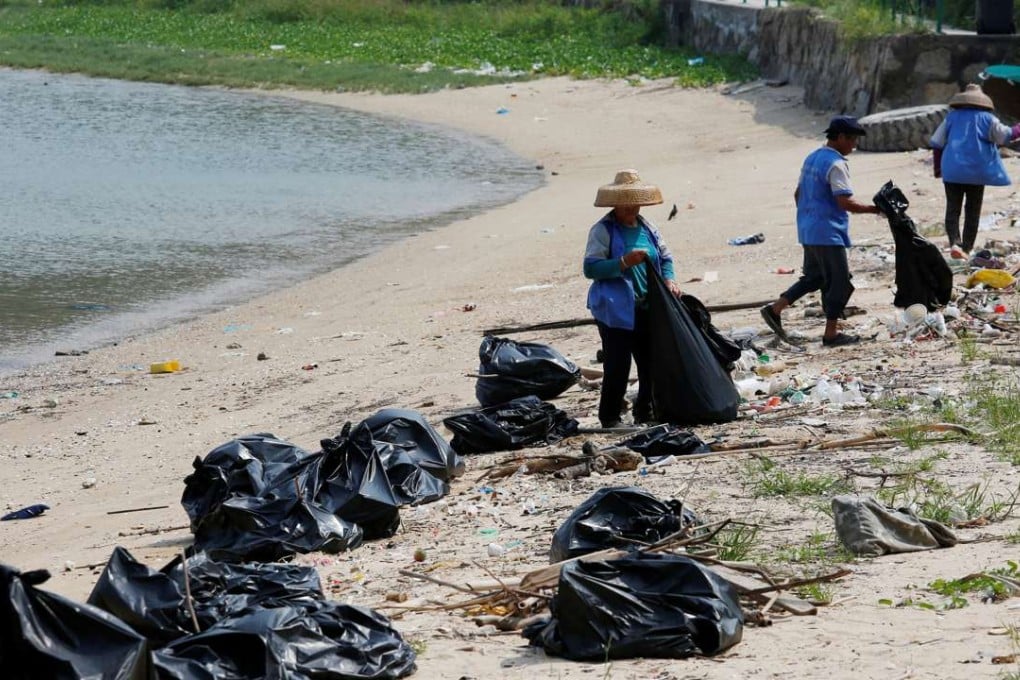CY Leung should explain what’s being done on rubbish problem, former top Hong Kong media official says
Andy Ho On-tat says chief executive’s beach clean-up event doesn’t bolster public confidence

Massive flooding in the Pearl River Delta and the effects of a lingering El Nino may have reduced thecapability of the ocean to flush out pollution, worsening the city’srecent coastal waste woes.
Dr David Baker, of the University of Hong Kong Swire Institute of Marine Science, said the recent deluge of rubbish washing up on the city’s beaches offered just a brief glimpse of the “compounding effects” climate change could bring, namely warmer oceans and more extreme weather.
“As a result of the protracted El Nino, the western Pacific was turned into a warm, stagnant pool, which lacked the flushing capability of natural circulation,” he said. “Add the floods in the delta region and this created a perfect storm.”
Baker said scientists in the past had made the mistake of looking at climate change as something separate from other environmental issues such as waste.
The government has blamed most of the rubbish washing up on the city’s beaches and shorelines on heavy rain and flooding in Pearl River cities on the mainland. More than 78,000kg of marine refuse was collected from affected beaches and coastal areasbetween July 1 and 9.
Environment chief Wong Kam-sing said an interdepartmental working group would look into how climate change patterns would “make such unusual incidents happen more frequently”.